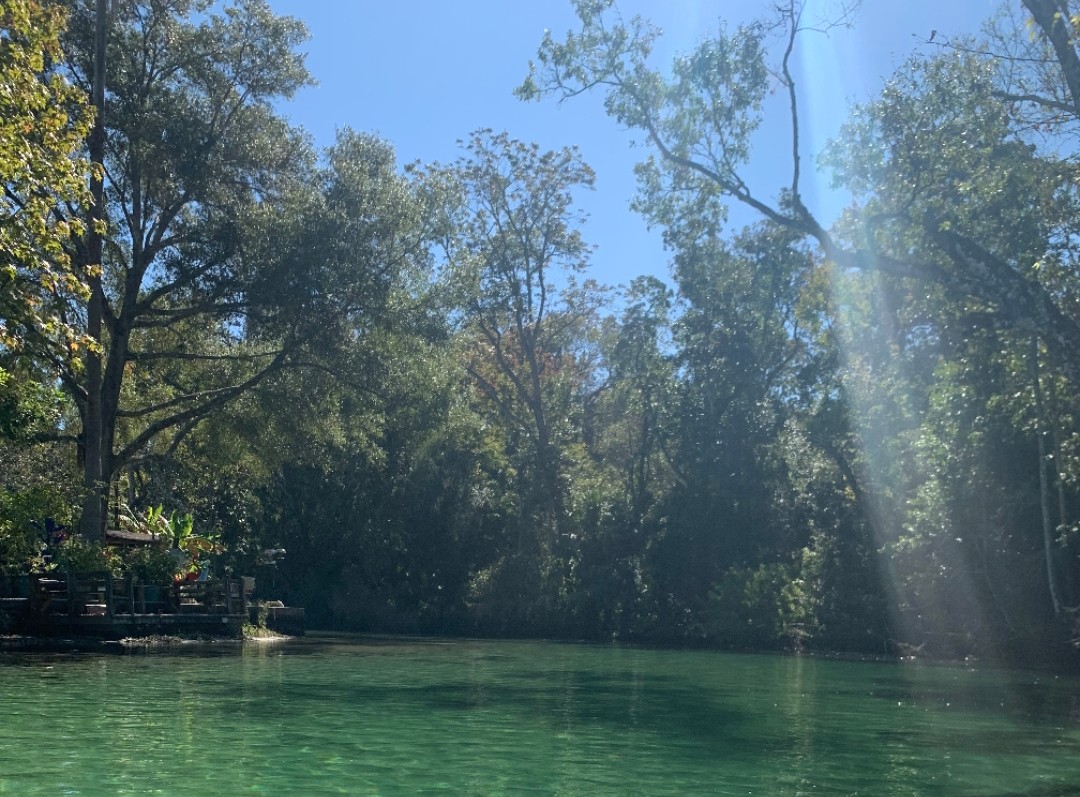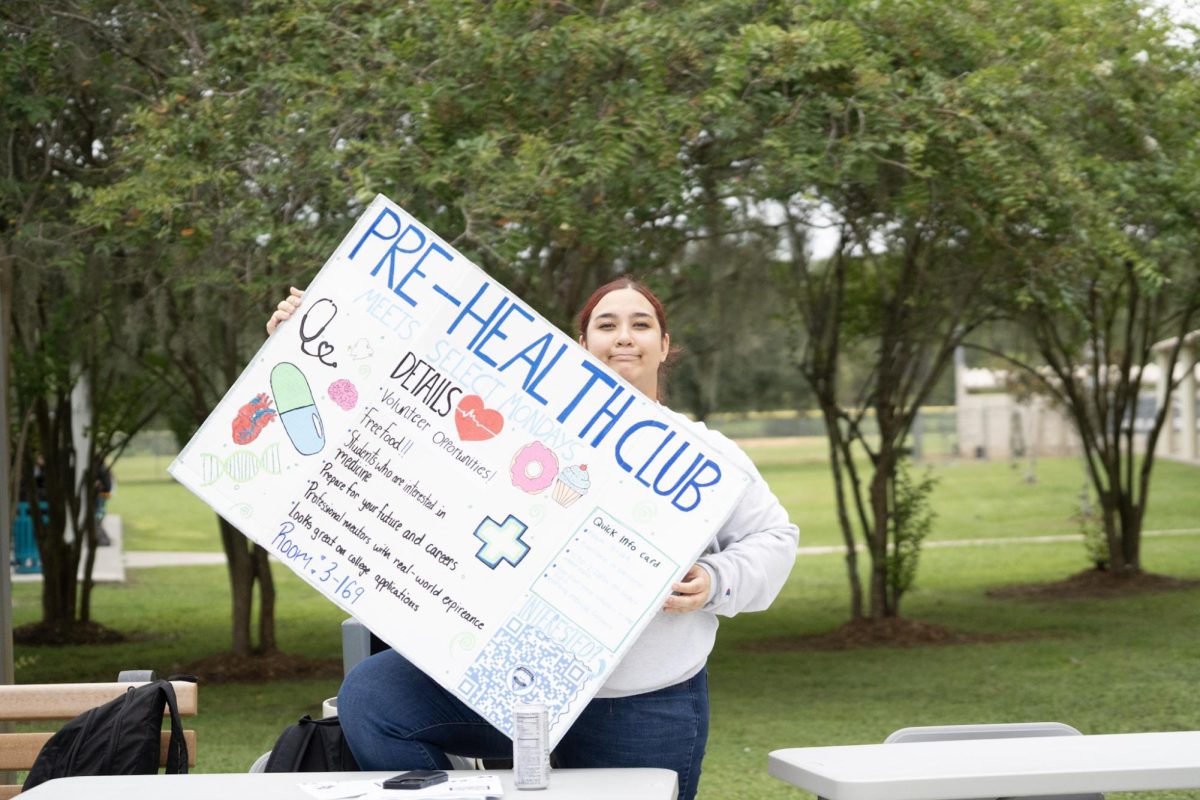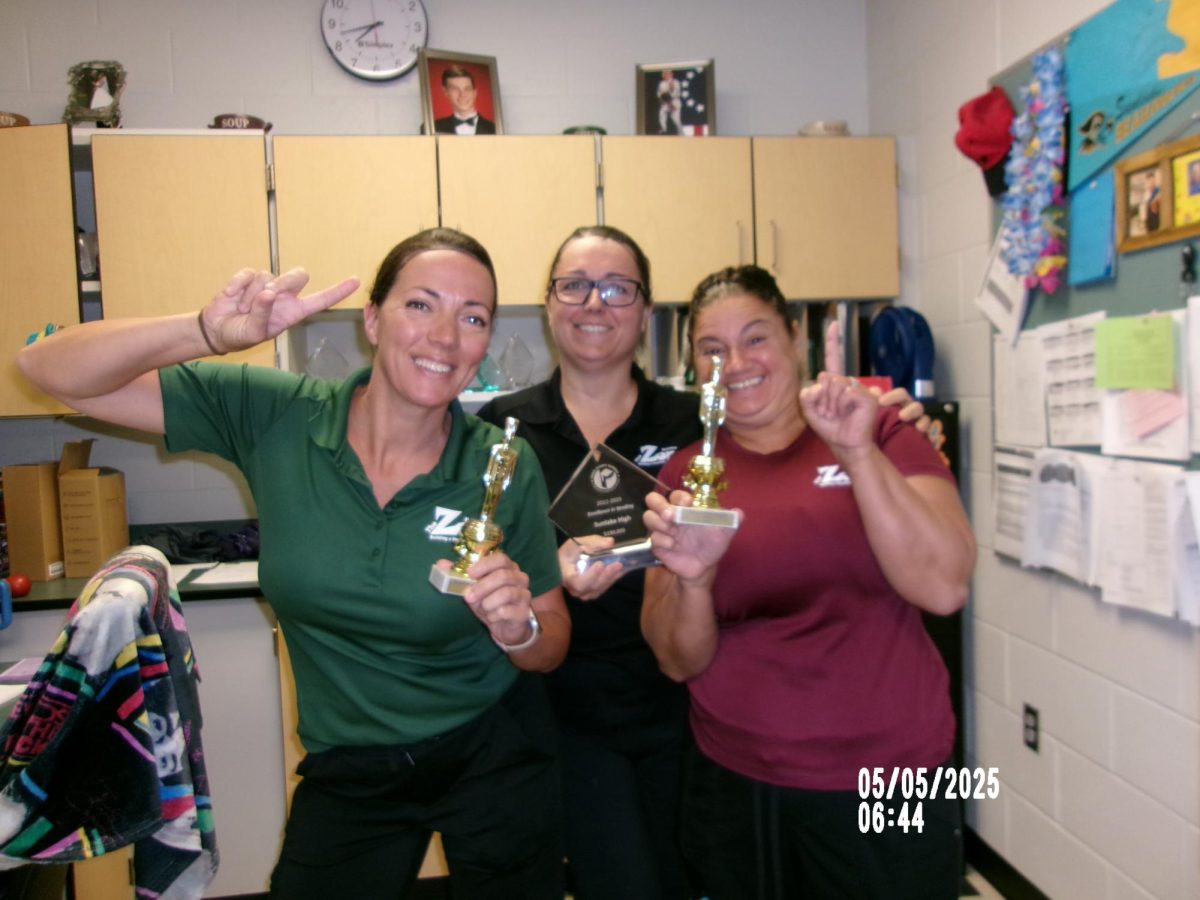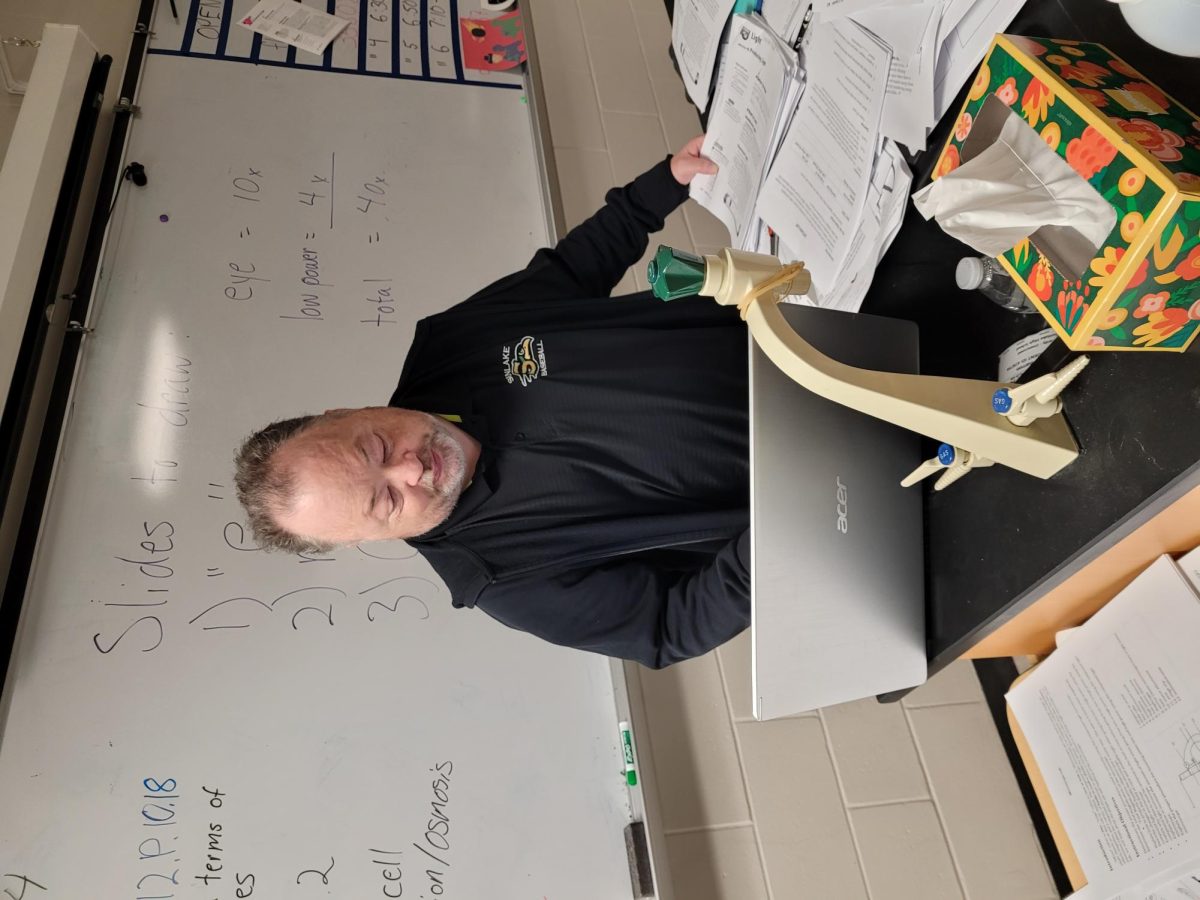Around 26,000 years ago water ate tunnels into the limestone under Florida, now, Florida uses the water in those tunnels called aquifers for 99% of its water. According to the environmental science teacher here at Sunlake, Michelle Hock, the biggest problems facing the aquifers right now is “over pumping, draining the aquifer, and then the pollution problem and the sinkholes” all damaging the aquifers at the same time.
According to the Museum of Arts & Science (MOAS) in 2015 Florida was pumping around 15 million gallons of water a day. Not only does the aquifer provide water for us but also our bodies of water and draining the aquifers will dry out natural beauties like springs and lakes. Hock points to Crews Lake in Shady Hills as an example of this, the groundwater of the lake’s porous bed was drained until the lake couldn’t retain water and the park had to pump water from other parts of the aquifer into the lake in an attempt to help it recover.
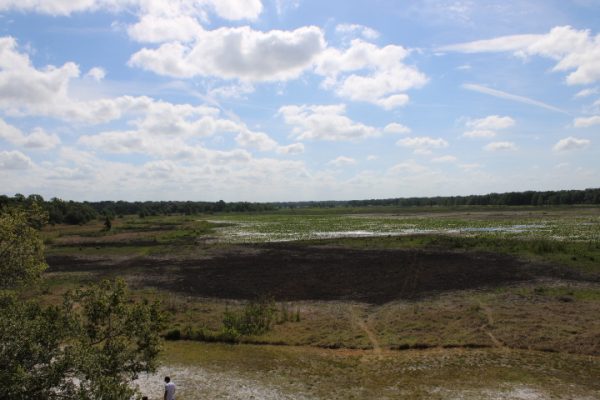
Water under the ground acts as support for the cavernous limestone but as the water levels lower from over pumping we’re starting to see more and more sinkhole occurring. Often, in the populated state that is Florida, there will be human infrastructure that both exacerbates the sinkholes and the fall into them, polluting the aquifers with manmade chemicals and waste. Hock also points out how overextraction of costal aquifers can result in saltwater intrusion, causing aquifers to be undrinkable
“Conserve water.” was a point Mrs. Hock emphasized, calling teens out for showering longer than the 10-15 min recommendation. She also encourages people to turn the faucet off while brushing your teeth and doing anything else you can to conserve water.
Shawn Brown, a consulting engineer that has worked in wastewater management for 31 years, says that wastewater treatment could hold a solution in alternative water sources and replenishing the aquifers.
Recently membrane technology has caught on in places in Florida like Tampa, which has allowed us to better filter bacteria and viruses out of wastewater and making it safe for human consumption providing a promising alternative to Florida’s reliance on aquifer water in the future.
In addition, brown says that some groups are “reinjecting treated wastewater back into the aquifer to refill it.” this possibly provides a solution for us to reverse some of the damage we have caused to the aquifer and prevent further damage although despite that our number one priority should be preventing damage so we don’t have to do the much harder task of reversing it.
And please conserve water!

